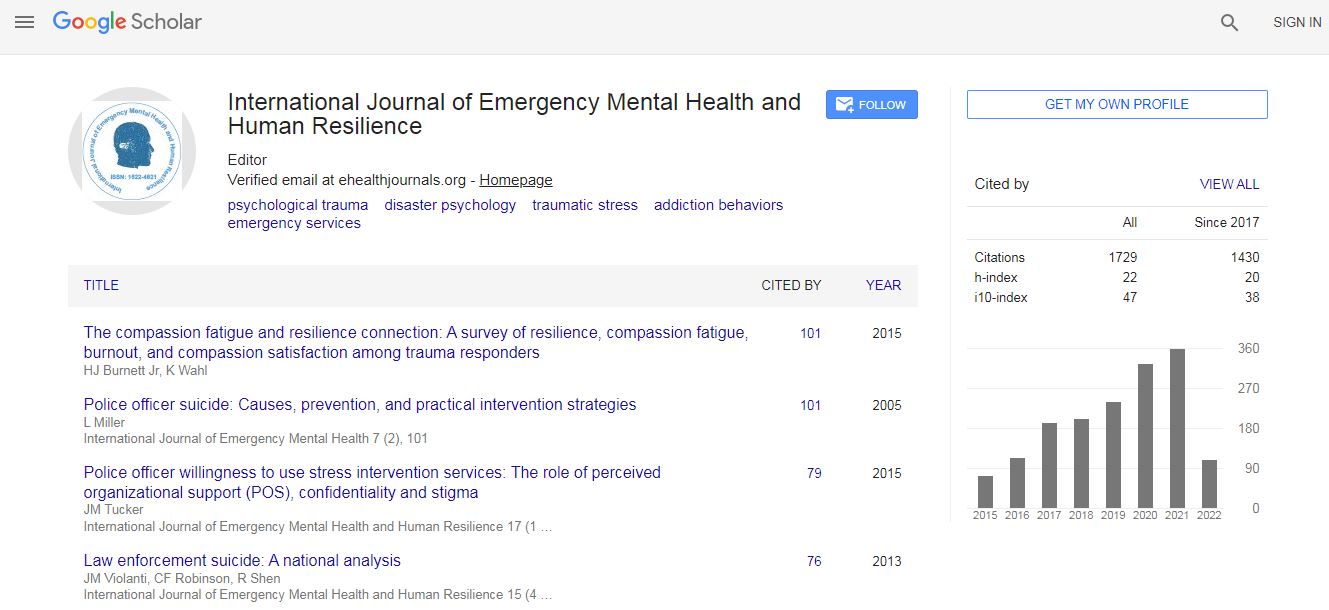Research Article
Recidivism in Brunei Inmates - Estimating the Rates and Predicting Reoffending
Lawrence Mundia*, Rohani Matzin, Salwa Mahalle, Malai Hayati Sheikh Hamid, Ratna Suriani OsmanPsychological Studies & Human Development Academic Group, Sultan Hassanal Bolkiah Institute of Education, Universiti Brunei Darussalam, Jalan Tungku Link, Gadong BE 1410, Bandar Seri Begawan, Brunei Darussalam
Abstract
The survey investigated the recidivism problem in a random sample of Brunei prisoners (N = 64) representing both genders. Overall, there were more recidivists than firsttime offenders on all the three major crimes (theft, drugs, and sex offenses). The relapse cases were overrepresented in the 36-40 age-group. Offending and re-offending occurred almost at the same rate in married and non-married inmates. Both groups cited the need to support dependent relatives as one of the main reasons for stealing. Four variables (interpersonal-sensitivity, lifestyle, parents’ marital status, and obsessive-compulsive disorder) were significantly related to recidivism, all at p<0.05 level. Of these, the best predictor of recidivism was interpersonal-sensitivity (OR = 1.199; 95% CI for OR = 1.028 - 1.398; p<0.05). Inmates who scored high on the interpersonalsensitivity variable (lack of sensitivity when dealing with other people) were 1.2 times more likely to reoffend and be re-imprisoned upon release. Sex offenses were 28 times more likely to be repeated by perpetrators upon release. The likelihood of drug and stealing offenses to recurr was 10.9 and 7.4 times respectively. Preventive, community-based, and in-prison interventions were recommended to address the convicts’ recidivism, labeling, stigma, and discrimination problems to facilitate reintegration. Large-scale mixed-methods research was suggested to gain additional insights and solutions.

 Spanish
Spanish  Chinese
Chinese  Russian
Russian  German
German  French
French  Japanese
Japanese  Portuguese
Portuguese  Hindi
Hindi 